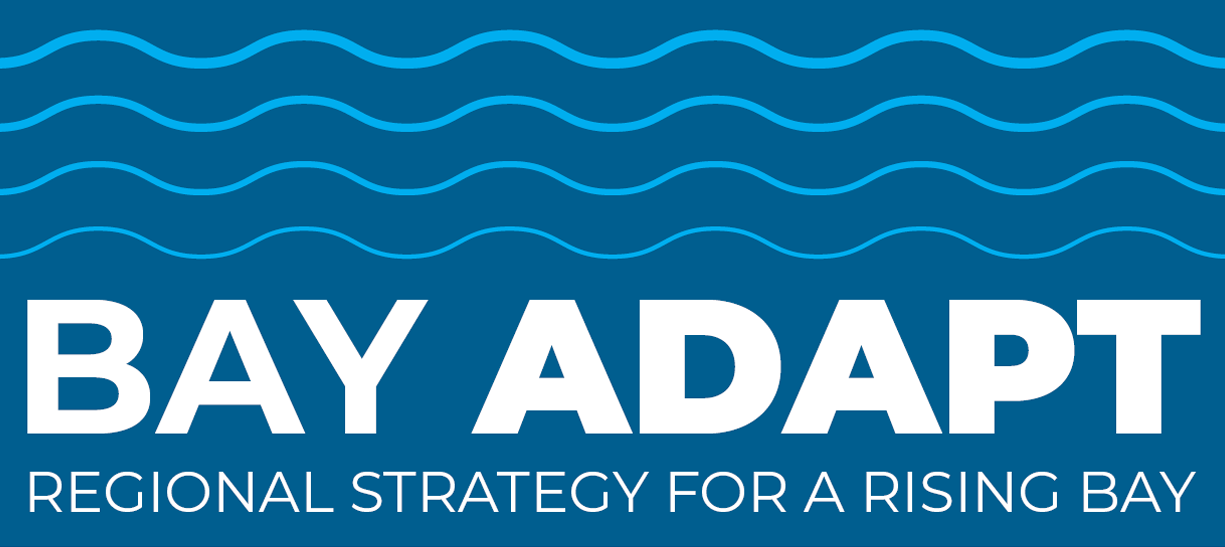Shoreline Adaptation Project Map
Mapping shoreline adaptation projects around the Bay to inform planning
About This Project
There is a recognized challenge of tracking the SF Bay’s progress towards resilience because comprehensive information about shoreline adaptation projects in the region does not exist in an easily accessible, updateable, or sharable forum. This poses a challenge to coordinating adaptation towards a regional strategy, ensuring equitable outcomes for adaptation, and communicating the region’s need for resources.
The Shoreline Adaptation Project Map (SAPMap) aims to spatially track adaptation projects, communicate regional progress on shoreline resilience goals, and support a living network of community-based partners poised to lead adaptation planning, construction, and monitoring.
Project Status
The SAPMap has made progress towards these goals over the last two years by coordinating and convening regional partners, recommending and implementing technical enhancements to EcoAtlas, researching and inputting adaptation project data, and formalizing data entry requirements through existing funding and permitting programs.
In the first real proof of concept, the data collected through the SAPMap was utilized in the MTC/BCDC co-lead SLR Adaptation Funding and Investment Framework in 2023. The SAPMap will be critical in the implementation of Actions called for in Bay Adapt: Regional Strategies For a Rising Bay Action 4.
Learn More
The Shoreline Adaptation Project Map (SAPMap) aims to spatially track adaptation projects, communicate regional progress on shoreline resilience goals, and support a living network of community-based partners poised to lead adaptation planning, construction, and monitoring. Extensive progress has already been made in tracking information on restoration projects, many of which include adaptation and flood risk reduction goals, utilizing the platform EcoAtlas. The models and workflows in EcoAtlas that identify, catalog, and map this information serve as a template for how information about other adaptation efforts can be included and integrated with restoration tracking to develop a comprehensive picture of shoreline adaptation.
Extensive progress has already been made in tracking information on restoration projects, many of which include adaptation and flood risk reduction goals, utilizing the platform EcoAtlas. The models and workflows in EcoAtlas that identify, catalog, and map this information serve as a template for how information about other adaptation efforts can be included and integrated with restoration tracking to develop a comprehensive picture of shoreline adaptation.
The SAPMap project list can be accessed at https://www.ecoatlas.org/groups/303. Spatial data can be exported from EcoAtlas Map Habitats Projects tool by specifying the “San Francisco Bay Adaptation” group. Finally, technical users can access the EcoAtlas API at https://www.ecoatlas.org/developers/.
In the first real proof of concept, the data collected through the SAPMap was utilized in the MTC/BCDC co-lead SLR Adaptation Funding and Investment Framework in 2023.
Special thanks to the San Francisco Estuary Institute, Metropolitan Transportation Commission, Bay Area Regional Collaborative, San Francisco Bay Regional Water Quality Control Board, San Francisco Bay Joint Venture, San Francisco Bay Restoration Authority, California Coastal Conservancy, CalTrans, Coastal Hazards Adaptation Resiliency Group, San Francisco Estuary Partnership, Association of Bay Area Governments.
Timeline
-
Project Conception
2021
-
Partner Coordination Initiated
2022
-
EcoAtlas Database Enhancements
2022
-
SAPMAP Data Pilot with MTC
2023
-
SAPMAP and RSAP Integration
2024
-
SAPMap Regulatory Integration
Ongoing
Newsletter Sign-up
Sign up for updates on the Regional Shoreline Adaptation Plan
Get Involved
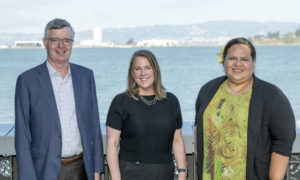
Nominate Sea Level Rise Adaptation Visionaries for the 2025 Bay Adapt Awards
The San Francisco Bay Conservation and Development Commission (BCDC) is proud to launch a public call for nominations for the 2025 Bay Adapt Awards. The selected visionaries will be honored at the II Rising Together Summit at the Exploratorium in San Francisco on September 15, 2025. Learn more about our 2024 Bay Adapt awardees.
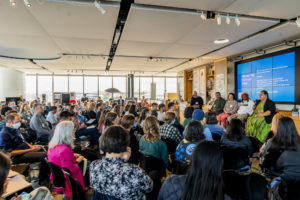
Rising Together for the Bay Adapt Summit
Rising Together was a dynamic and immersive sea level rise summit that engaged the public in inspiring panels, keynotes, tours, activities, and workshops designed to forge partnerships and drive action.

San Francisco Shoreline Leadership Academy
The San Francisco Shoreline Leadership Academy is a 15-week training program for high school juniors and seniors sponsored by the Bay Conservation and Development Commission and the Port of San Francisco.
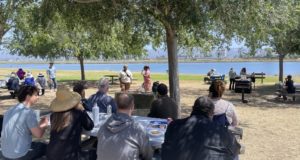
Workshop Recaps: Engaging Communities through Local Workshops on Sea Level Rise in the Bay Area
BCDC partnered with five Community-Based Organizations to co-host workshops in Bay Area shoreline communities most vulnerable to sea level rise.
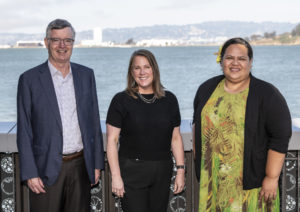
Meet our Bay Adapt Award Recipients!
BCDC’s Bay Adapt awards honors exemplary climate change leaders who are making significant progress in addressing the critical challenges posed by rising sea levels.

Partnering with Five Bay Area Community Organizations to Build Local and Regional Resilience
As sea level rise becomes a more urgent concern around the Bay Area, community organizations are rising to the challenge…
